This Nissan Sentra has been around for many generations, and it is still popular today. You can find out which Nissan Sentra generation is best and which you need to avoid for each generation.
This ultimate guide will cover every Nissan Sentra generation from 2000, with recommendations on which Sentra years to choose and which Sentra years to avoid.
In order to provide you with the most true and accurate representation of Nissan Sentra’s best and worst years, I’ve meticulously analyzed data, reviews, and real owner feedback from sources like the NHTSA, Consumer Reports, and Kelley Blue Book.
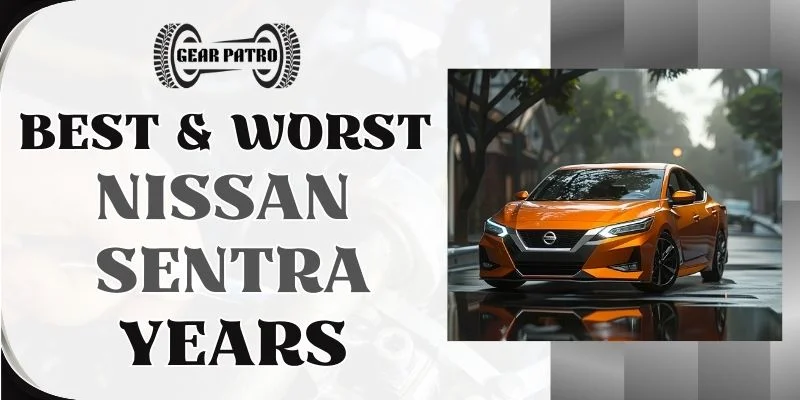
My guide will highlight key factors, including Nissan Sentra problems, recalls, reliability scores, and resale values, for each model year, whether you’re a potential buyer, enthusiast, or just curious.
Let’s jump right in.
Nissan Sentra Generations
In 1982, the first generation of the Nissan Sentra was introduced. Designed to replace the Datsun 210 directly, this model was introduced in 1994. A compact, fuel-efficient, and affordable design were all praised when the first Sentra was introduced.
For many years, Nissan’s Sentra served as its top-selling vehicle in the 1980s, paving the way for the compact car segment that would become a hallmark.
Taking a look at Sentra generations from 2000 to today is a good place to start. Models older than that shouldn’t be considered.
| Generation | Years |
| 5th generation (B15) | 2000-2006 |
| 6th generation (B16) | 2007-2012 |
| 7th generation (B17) | 2013-2019 |
| 8th generation (B18) | 2020-Present |
It is not uncommon for generational changes to be the determining factor in deciding whether or not to purchase a product, since they give insights into the design ethos, engineering focus, and feature additions of the respective era.
Nissan Sentra Best, Neutral, and Worst Years
Several factors are considered when determining the best and worst Nissan Sentra years; they include, but are not limited to:
Our findings are summarized in the table below, highlighting Nissan Sentra’s best, neutral, and worst years.
| Generation | Best Years | Neutral Years | Worst Years |
| 5th generation (B15) | 2004 2005 2006 | N/A | 2000 2001 2002 2003 |
| 6th generation (B16) | 2009 2012 | 2007 2011 | 2008 2010 |
| 7th generation (B17) | 2017 2018 2019 | N/A | 2013 2014 2015 2016 |
| 8th generation (B18) | 2023 | 20212022 | 2020 |
Normally, I refer to “Neutral Years” as years when the Sentra was not the most reliable, but also not plagued by significant problems. There is essentially no difference between them and the extremes.
There are a number of factors that can adversely affect a car’s ranking, such as NHTSA recalls. In general, fewer complaints and recalls mean a more reliable model, while a greater number of complaints indicates a less dependable model.
We’ll take a look at the best, neutral, and worst years of the past decade.
Best & Worst Years for Nissan Sentra 5th Generation (2000-2006)
Designed to cater to the mid-level market, the Nissan Sentra’s 5th generation was popular for its affordability and functionality between 2000 and 2006.
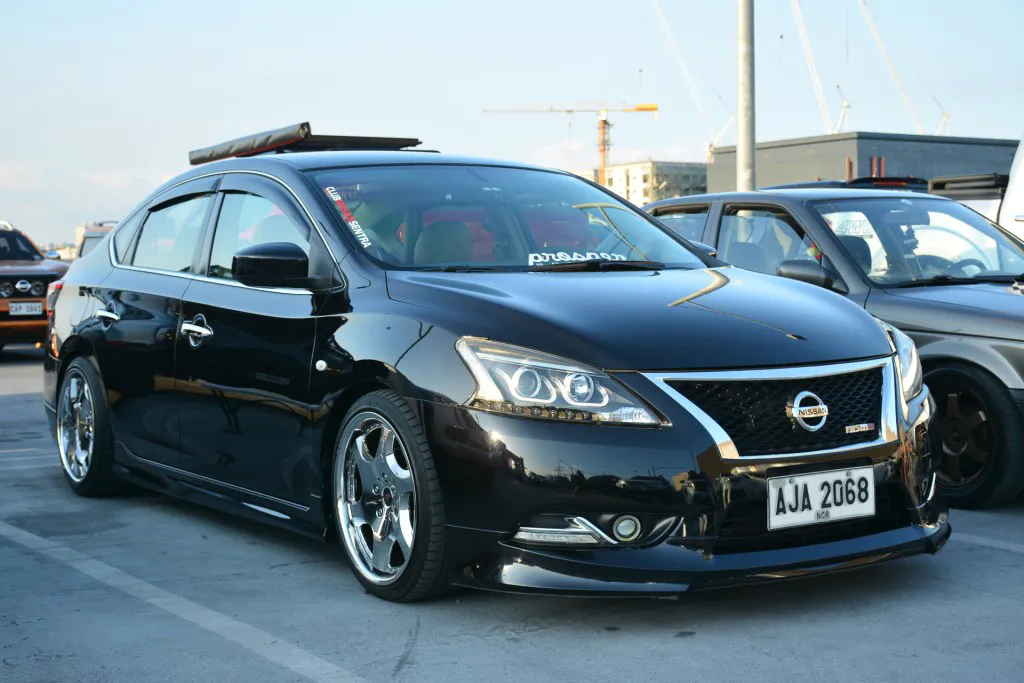
In this generation, Nissan Sentras from 2000, 2001, 2002, and 2003 ought to be avoided, whereas those from 2004, 2005, and 2006 are the best.
The Best Years: 2004, 2005, 2006
No matter the age of the Sentra, the 2004, 2005, and 2006 models are the most reliable of their generation and offer good value for money.
An updated version of the Sentra was introduced in 2004. During these years, Sentra SE-R models offered a more powerful 2.5L I4 engine, which pushed out 165 hp and a 1.8L I4 producing 126 hp.
Depending on the trim level, you could choose a 4-speed automatic or a 5-speed manual transmission. As a result of improving the transmission gearing and build quality on the 2004–2006 Sentra SE-R Spec V, it was possible to achieve a quarter-mile time of 15.2 seconds.
From digital infotainment upgrades to safety upgrades, including additional airbags and crumple zones, modern amenities were available.
According to Consumer Reports, the car got an average of 18 miles per gallon in the city and 36 miles per gallon on the highway.
The Worst Years: 2000, 2001, 2002, 2003
Based on the many NHTSA complaints and recalls regarding engine issues, 2000, 2001, 2002, and 2003 are considered to be some of the worst years for Nissan Sentras.
A number of consumers reported their 2000 Sentra’s engine would stall at low RPMs, resulting in a poor sales performance.
The faulty crank position sensor affecting 2000-2003 Nissan models was addressed only after multiple recalls, particularly in 2001 and 2003. As a result of this defect, an “Engine Service Soon” light would appear, the engine would have trouble starting, the power would be reduced, or the engine might abruptly shut off, increasing the risk of accident.
It was the suspension issues of the early 5th-generation models that further tarnished the reputation of the model. The 2001 Sentras, for example, were recalled because lower control arm bolts in the lower control arm could break, a safety concern that could compromise driving safety.
As a result of 14 recalls, the 2002 Sentra is the most problematic model of this generation, according to NHTSA data. In models equipped with the 2.5-liter engine, there was a unique problem where the exhaust pipe hanger pin could catch road debris and ignite.
As a result of some of the issues aforementioned being addressed by 2003, new problems, including those associated with airbags, arose. The Sentra was least reliable in 2000, 2001, 2002, and 2003 due to these complications combined with mechanical problems.
Nissan Sentra recalls and complaints from 2000, 2001, 2002, and 2003 can be found on the NHTSA website.
Best & Worst Years for Nissan Sentra 6th Generation (2007-2012)
With a new design language and a variety of amenities, the updated sixth generation was clear evidence that the company listened to previous criticisms. Kelley Blue Book gave the Sentra an outstanding 4.3 out of five stars, which is the best score in its class.
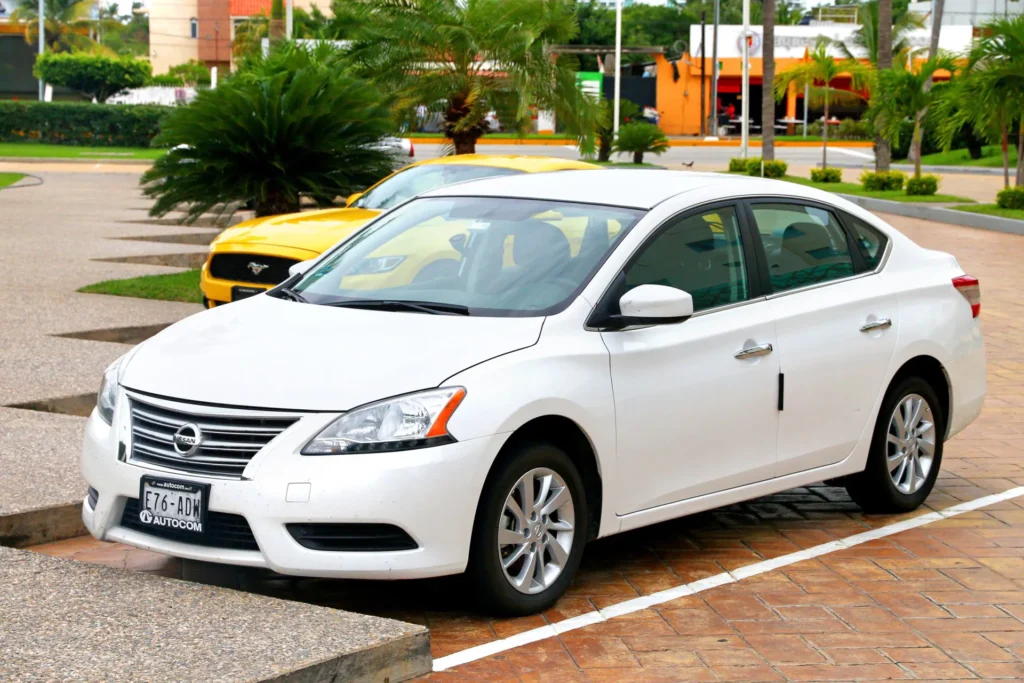
Among this generation’s Avalon years, 2009 and 2012 stand out, while 2007 and 2011 are also good options.
The Best Years: 2009, 2012
It is undeniable that 2009 and 2012 are the best years for Nissan Sentras from this generation. During this time period, Nissan demonstrated its intent to improve the Sentra in every respect.
These cars were powered primarily by 2.0L I4 engines, which produced 140 hp. The Sentra SE-R offered a 2.5L I4 engine with approximately 177 hp, which was available in a sportier SE-R variant.
A six-speed manual transmission and a continuously variable transmission (Xtronic CVT) are available, designed to improve fuel economy and provide smoother gear changes.
In terms of technology, the 2009 and 2012 Sentras demonstrated improvements in both the safety and entertainment departments. In addition to airbags, the car’s chassis was reinforced, and improved braking mechanisms were included for added safety.
The vehicle was also very fuel-efficient, averaging 19 miles per gallon in the city and 35 miles per gallon on the highway.
The Neutral Years: 2007, 2011
Although the 2007 and 2011 Sentra models had a few hiccups, they were still reliable.
Introducing the sixth generation, the Sentra 2007 brought with it several changes, including an expanded interior and modernized design.
Despite this, it wasn’t completely problem-free. Airbags and steering have been a source of concern for some consumers, who have noted sporadic illuminations of the “Airbag” light. It is important to note that these issues were also persistent in Sentras manufactured in 2008 and 2009.
In 2011, a few new challenges were posed, despite the earlier challenges being addressed. Engine stalling was a common complaint, prompting a recall in 2011 for electronic control module malfunctions and battery cable harness defects, primarily related to the thicker zinc coating on the terminal stud bolts.
The Worst Years: 2008, 2010
In contrast, it is recommended to stay away from Sentras produced in 2008 and 2010.
There were still airbag problems and steering problems in the 2008 model, but there were a number of new challenges, especially in the area of transmission and suspension design.
There was a common problem with misaligned rear wheels leading to premature tire wear.
Consumers reported intermittent illuminations of the “Air Bag” light in the 2010 Sentra, an issue carried over from previous years.
Further, Nissan later addressed the problem with recalls after engine stalling became more frequent. Nissan Sentra’s reliability declined during these years due to the cumulative effects of these problems.
Best & Worst Years for Nissan Sentra 7th Generation (2013-2019)
Throughout its 7th generation, Nissan Sentra underwent a series of refinements, technological advancements, and performance upgrades.
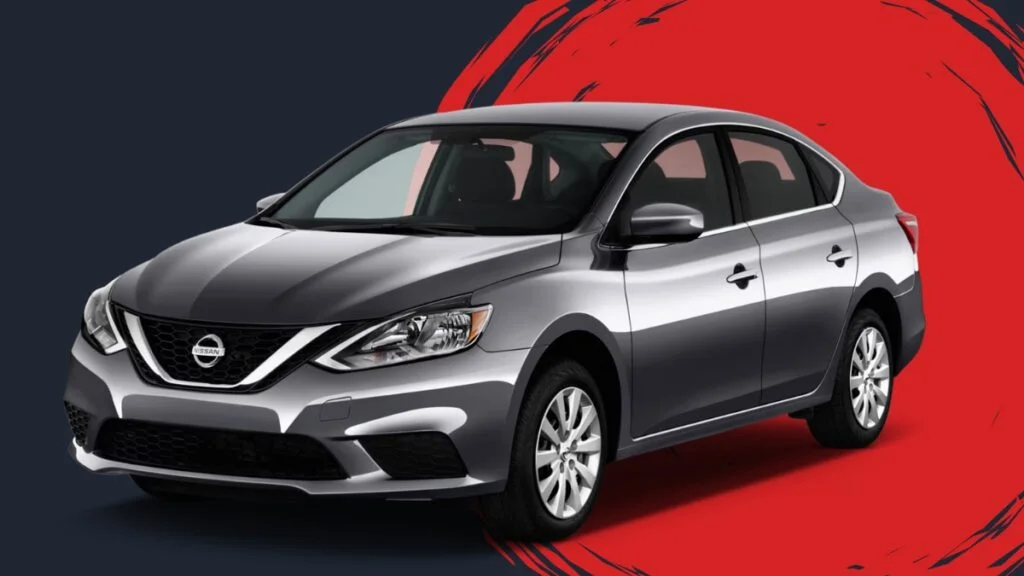
This generation of Sentras is primarily defined by its post-facelift models, while 2013, 2014, 2015, and 2016 are the Sentra years to avoid.
NOTE
It is highly recommended to conduct thorough VIN checks and perform extensive research on seventh-generation Sentras, particularly those with engine and transmission problems.
The Best Years: 2017, 2018, 2019
As far as the Nissan Sentra’s 5th generation is concerned, its best years were definitely 2017 and 2019. In order to remedy complaints from earlier models in this generation, Nissan took significant steps by this time.
There was a significant change in the powertrain, which now has a 1.8L DOHC I4 engine that offers 130 hp. With this powertrain, not only was the driving experience more refined and responsive than before, but the powertrain also offered higher fuel efficiency.
These models were impressively fuel efficient, delivering an average of 21 mpg in the city and 42 mpg on the highway with the Xtronic CVT.
Unless the base S model has an optional six-speed manual transmission, all trim levels have been equipped with a reworked CVT.
There were a number of advanced safety features introduced by Nissan for the 2012 model year. These features included adaptive cruise control, automatic emergency braking, and blind spot monitoring.
In addition, Apple CarPlay and Android Auto were integrated into infotainment systems, providing seamless and enjoyable experiences to both drivers and passengers.
It is true that earlier models had some persistent engine problems, but platforms like VehicleHistory and Cars.com did a better job in displaying their quality and reliability from these years compared to earlier models.
The Worst Years: 2013, 2014, 2015, 2016
Conversely, it’s best to stay away from the Sentra years of 2013 to 2016.
More than 600 NHTSA complaints were filed about the 2013 Sentra, with most of them focused on CVT transmission issues.
In some extreme cases, transmission failure was accompanied by loss of power, erratic acceleration, and jerking.
Transmission problems remained a critical concern in subsequent Sentra models, including the 2013 and 2015 models.
Additionally, airbag malfunctions also occurred during this period, adding another layer of concern for potential buyers.
As a result, Edmunds and Kelley Blue Book (KBB) gave these years relatively low ratings and owner dissatisfaction scores.
See NHTSA recalls and complaints for the 2013 Nissan Sentra, 2014 Nissan Sentra, 2015 Nissan Sentra, 2016, and 2017.
Best & Worst Years for Nissan Sentra 8th Generation (2020-Present)
Design, technology, and performance advancements make the latest 8th generation one of the brand’s most powerful statements of evolution, reflecting shifting market demands and incorporating lessons learned from previous generations.
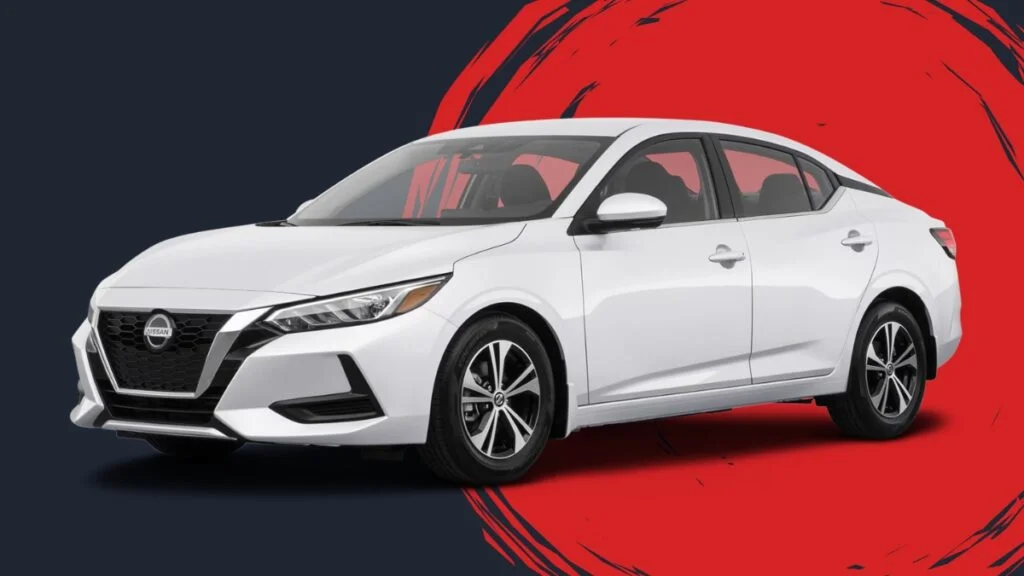
Nissan Sentra’s forward collision avoidance system and steering are still in their teething stages in 2020, making it a year to avoid.
The Best Years: 2023
In terms of performance, the 2023 Sentra is the best model in this generation of Nissan Sentras.
There are three trim levels available: S, SV, and SR. All 8th-generation Nissan MR models feature a 2.0-liter 4-cylinder gasoline direct injection engine mated to a continuously variable transmission (Xtronic).
In addition, the car’s design has also undergone significant revisions, with sharper lines, a more aggressive stance, and a luxurious interior.
As a result of J.D. Power’s 85-point rating, especially for the 2023 model, the 8th generation Sentra is overwhelmingly praised by consumers and critics.
In addition, the model’s impressive 22 mpg city mileage and 44 mpg highway mileage further emphasize its efficiency.
The Neutral Years: 2021, 2022
As reliable and solid options, the Sentra models of 2021 and 2022 are also available. The Forward Collision Avoidance (FCA) system malfunctions were one of the concerns Nissan addressed during these years.
It is clear that Nissan has put great effort into resolving problems and gathering feedback for future upgrades, despite the fact that these models weren’t without challenges.
Among the features that contributed to the 2022 Sentra being named IIHS Top Safety Pick are improved infotainment systems, improved fuel economy, and enhanced safety mechanisms.
The Worst Years: 2020
However, the 2020 Sentra model might need a bit more caution.
It was the Forward Collision Avoidance system that received the most reports of concern. The FCA system malfunctioned on occasion, resulting in unintended braking and potential road hazards, according to owners.
Nissan issued a recall for 2020-2022 models in 2023 because of steering-related problems reported by owners. Nissan specifically addressed a bent tie rod that could snap and compromise steering performance.
The 2020 Sentra was also plagued with minor system glitches and other issues, casting a shadow over a model year that needed further development.
Best & Worst Nissan Frontier Years | Years To Avoid
Best & Worst Nissan Pathfinder Years | Years To Avoid
Best & Worst Nissan Rogue Years | Years To Avoid
Conclusion
This Nissan Sentra guide concludes with a look at the best and worst Nissan Sentra models from 2017 to 2019. Just as important, we also consider relatively old but budget-friendly Sentra models from 2010 to 2012.
How would you rate the performance, reliability, and value of the 2017 Nissan Sentra?
We’d love to hear your thoughts! Leave a comment below!
